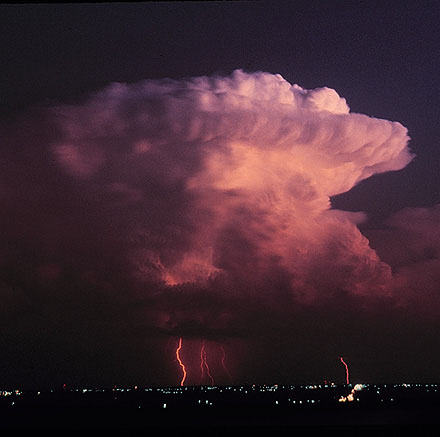Wed. Sept. 6, 2017
Models change: better prospects for Florida
Today’s model runs are shifting the path of Irma slightly north and the expected turn north a little sooner. That adds up to slightly better news for residents of Florida. Most models now have Irma hugging the Florida east coast Saturday night and Sunday. That path would still create huge problems for the coast, but not as much as a direct hit would.
Florida’s slightly better news means worse news for Georgia and South Carolina. Model consensus now puts landfall near the GA/SC border late Sunday. Irma should still be a major hurricane so that area could well bear the brunt of the winds/storm surge.
Beyond that, a weakened Irma is expected to diminish while spreading tropical rains northward along the Atlantic Coast (mostly east of the Appalachians).
Other model ideas:
There is pretty good model agreement up to about 3-4 days. After that, two models offer “outlier” solutions.
First, the Canadian model is much farther east than the consensus. It keeps Irma far enough east of Florida’s east coast to ease the coastal erosion significantly. Irma then brushes by the Outer Banks. Later, a much weakened Irma could make landfall near Cape Cod. At the moment, that’s the best case scenario for the U.S.
Second, the GFS continues to hang on to its ideas mentioned yesterday. And, it is faster than the other models by 12-24 hours. It is the only model to push the remnants of Irma northwest. It still pushes the dying storm over the lower Ohio Valley by Tue/Wed.
Those two model ideas sum up the frustrations facing forecasters every day. The farther you try to look into the future, the more the uncertainty increases. Two reliable models (for the short term), starting out with the same data, predicting the same major storm’s path. At 6-7 days time, one has the parent system over western KY and the other has it near Cape Cod. Go figure?
My ideas:
History has shown me that once a hurricane track forecast changes to a more easterly path, that trend usually continues. And, very little forecast path change is likely in the 48 hours leading up to landfall or near miss.
With this in mind, I believe that by tomorrow morning (Thursday) the model consensus will continue to shift eastward. Not as far as the Canadian, but in that direction. By Friday, the forecast will be pretty well “locked in” with only minor adjustments after that.
Thus, I expect Irma will not make a direct hit on Florida. East Florida will suffer from high surf and beach erosion, but problems will be minor to what a direct hit would create.
As Irma heads NNE, I expect the North Carolina coast to be hit hard. It’s possible it could only be the Outer Banks area, not the whole coast. After that, I don’t even want to speculate.
Stay tuned, by tomorrow we could have a whole set of new ideas!
